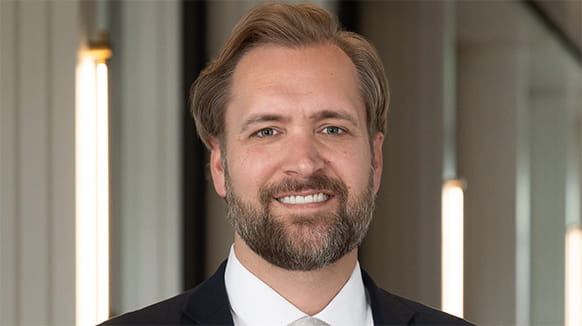On June 22, 2023, Senators Thom Tillis (R-NC) and Chris Coons (D-DE) introduced legislation to “modif[y] and clarif[y]” patent eligibility requirements and jurisprudence.1 Named the Patent Eligibility Restoration Act of 2023 (“the Act”), it aims to rein in patent subject matter eligibility exclusions brought on by Mayo2, Alice3, and their progeny. The Act would amend 35 U.S.C. § 101 to replace all previous judicial exceptions with enumerated, statutory subject matter exclusions.4
The proposed language in the Act specifies that the subject matter categories of “process, machine, manufacture, or composition of matter, or any useful improvement thereof” are “subject only to the exclusions [provided in the Act].”5 The enumerated exclusions include mathematical formulas, financial, social, cultural processes, wholly mental processes, unmodified human genes, and unmodified natural materials.6
The Act also proposes a framework for determining patent eligibility that requires consideration of the claimed invention as a whole.7 On the other hand, the framework prohibits consideration of the manner in which the invention was made, whether a claim element is known, conventional, or naturally occurring, or other factors relevant to patentability or § 112.8 Finally, the Act empowers courts to determine, at any time, whether the patent in question is subject matter eligible under § 101.9 In that regard, the Act allows the courts to consider limited discovery that is specifically relevant to subject matter eligibility.10
A statutory restart on subject matter eligibility would be a welcome change for many innovators and patent practitioners alike who are frustrated with the complexity and unpredictability of patent subject matter eligibility requirements -- both during examination and in litigation. Even the lower courts have expressed frustration with the current state of § 101 and would likely welcome greater clarity. To temper expectations, it should be noted that previous attempts at a § 101 overhaul have been unsuccessful and contentious. The Act follows the proposed Patent Eligibility Restoration Act of 2022, and earlier draft text amending § 101 from May 2019. However, this most recent bill seems to improve upon last year’s failed bill by more clearly and unequivocally declaring that “all judicial exceptions to patent eligibility are eliminated.”11 In addition, this year’s draft provides a much more concise definition of the permitted exclusions to patent eligibility. Although the proposed bill may not get us back to liberal application of the standard of “anything under the sun that is made by man”, this draft makes it clear that, at least part of Congress sees § 101 as a liberal gatekeeper as opposed to an obstacle to patentability.
1 The Patent Eligibility Restoration Action of 2023, 118th Congress, 1st Session. https://www.tillis.senate.gov/services/files/4B41CBF2-57AB-4E8E-9E93-7D714A7AAB40
2 Mayo Collaborative Servs. v. Prometheus Labs., Inc., 566 U.S. 66 (2012).
3 Alice Corp. Pty. v. CLS Bank Int'l, 573 U.S. 208 (2014).
4 The Act, p. 3, ll. 3-4.
5 Id., p. 5, ll. 15-20.
6 Id., p. 6, ll. 1-23.
7 Id., p. 7, ll. 9-14.
8 Id., p. 7, ll. 15-25.
9 Id., p. 8, ll. 1-8.
10 Id., p. 8, ll. 9-14.
11 Id., p. 3, ll. 3-4.
